This week’s idea to cover African fashion came from my friend (thank you Daba!). She wanted a compilation of African brands and when I sat down to do it, the outcome I intended for the article went off course. So instead of a list of brands to watch, I will highlight some of the success stories as I address some of our glaring problems that sometimes piss me off.
African culture has and continues to fascinate and inspire collections worldwide with our rich cultural heritage, vibrant colors and skilled craftsmanship. It’s no secret that established Western brands continue to borrow from African cultures with some paying homage while others dishonorably refusing to acknowledge the source of their inspiration.
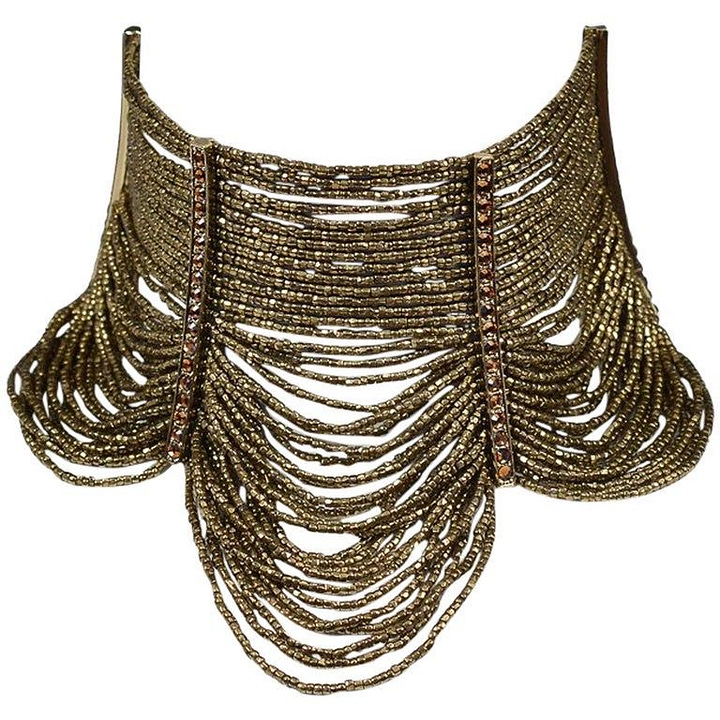
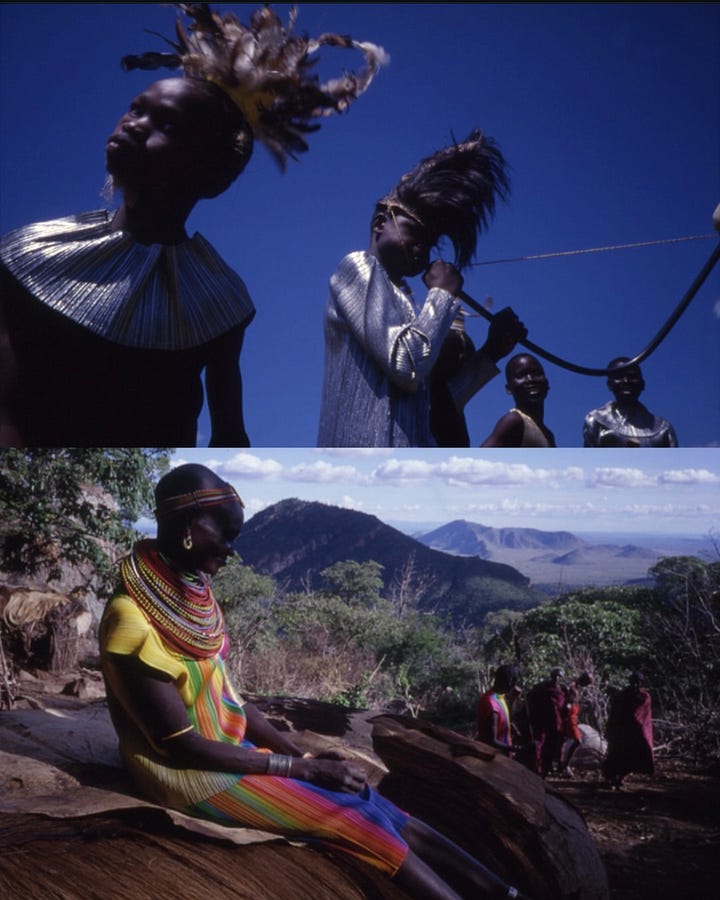
During the recently concluded Fall/Winter ‘25 Fashion month, Kenyan brand Muyishime that I love by Edi Patrick, rightfully called out Blumarine on Instagram for helping themselves to one of their jewellery designs, that were skillfully handcrafted by artisans from the impoverished neighborhood of Kibra. Because they are a relatively less known brand than Blumarine, their cries for acknowledgement were unfortunately met with unresponsive status views from the tags and no official communication from the brand. In such a situation a collaboration between both brands would have greatly increased their individual popularity, introduced Blumarine to a newer African market and boosted Muyishime’s visibility abroad and avoid controversy altogether. This is sadly a plight for many smaller brands even outside of Africa, with highly valued fashion labels and fast fashion brands stealing intellectual property of designers while disregarding their efforts.
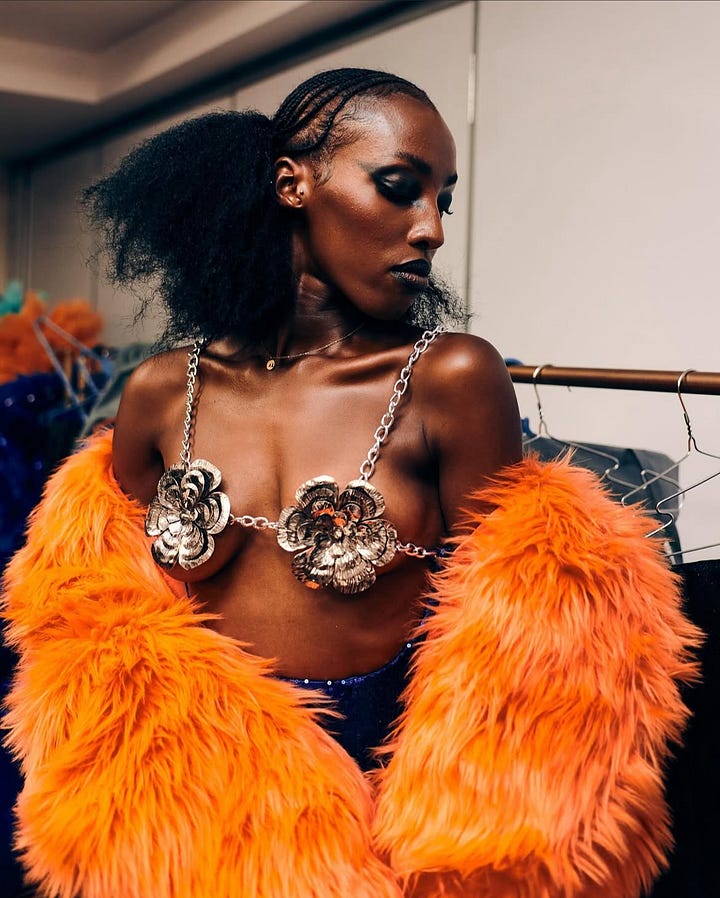

Despite major setbacks, young African fashion designers are championing competitions worldwide and their light is substantially far from dimmed. In 2025, the continent was well represented in the LVMH Young Fashion Designer competition. LVMH is a leading French conglomerate with an impressive portfolio that owns up to 75 luxury fashion brands, such as Christian Dior Couture, Loro Piana, Louis Vuitton, Loewe and Tiffany. The LVMH Prize for Young Fashion Designers is a competition dedicated to discovering and supporting emerging talent worldwide. In 2025, 4 semi-finalists were from Africa, cementing Africa’s impact on the global stage.
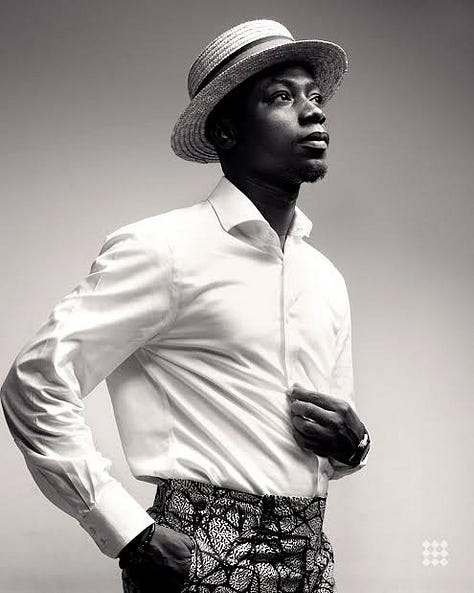

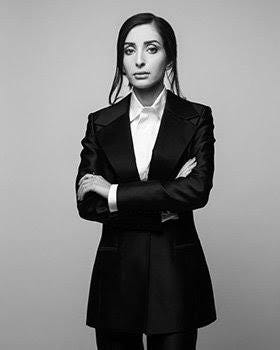
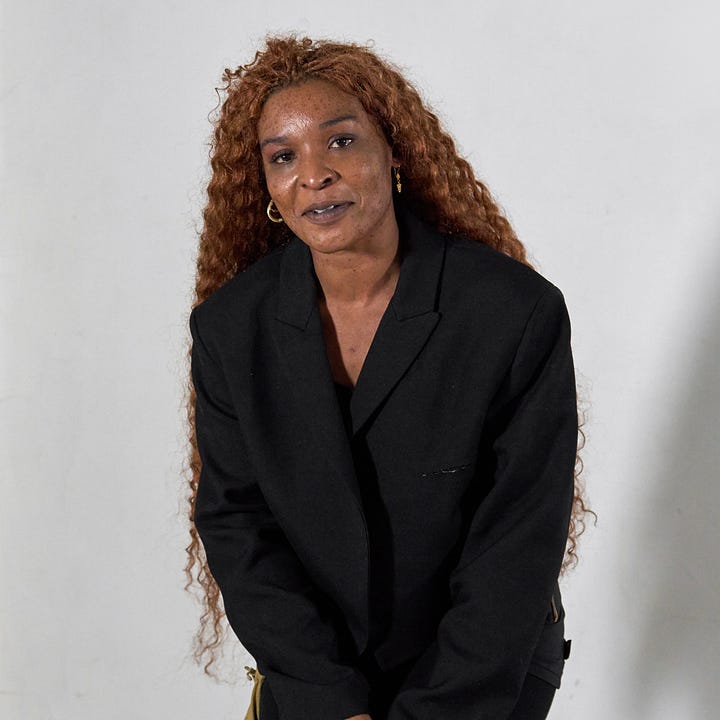
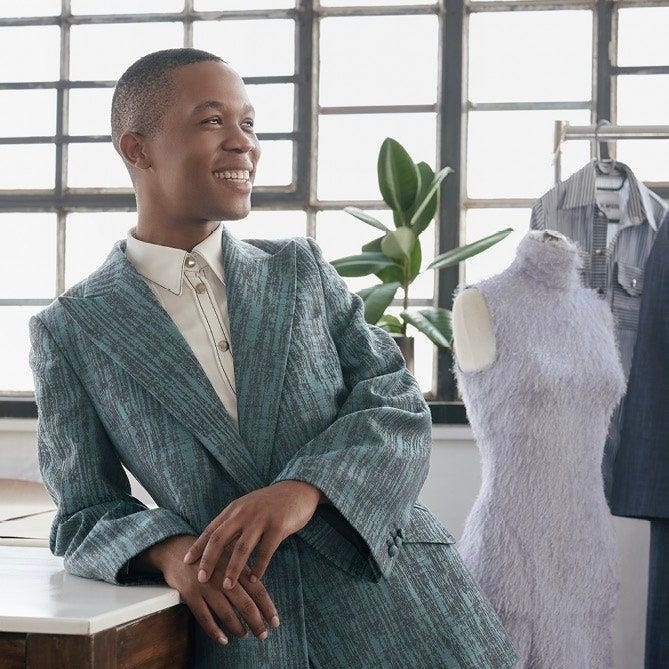
With Thebe Magugu winning in 2019 and going on to establish a successful brand dressing Lupita Nyong’o, Issa Rae and Michelle Obama, these designers have proven that African craftsmanship, talent and innovation are essential in shaping modern fashion. These are actually some of the coolest African designers and I suggest you check them out.
Because I am born and raised in Kenya, I can only speak of my experience here and avoid extrapolating my observations to other regions.
The desirable body type
The hourglass seems to be the standard for most West African brands which influences Kenyan dressing as it is now most associated with having the “African look.” The only other option offered is always a free form shift dress in bold solid colors that you can accessorize by draping a one-size fits all, printed kimono. Even in streetwear, the mannequins used to display offerings are unrealistically endowed with a small waist and large hips and are dressed in the skinniest skinny jeans to emphasize said curves. The lack of diversity for the flattest ass and the chest of a 13-year-old boy make it incredibly difficult to participate in the “African look” because in whatever you wear, the form will never be as filled up as it was intended. This has its own consequences with women opting to wear padding under the clothes to appear more desirable. There is a lack of inclusion for larger sizes as well but there are brands that are trying when it comes to having plus size options at no extra costs.
Accessibility and Marketing
The Phoebe Philo approach of not marketing is one that Kenyan brands seem to have adopted with the if you know, you know and appointment-only showrooms. I have nothing against whatever strategy a brand decides to adopt but I believe no one is above marketing no matter how niche. Just look at Loro Piana, an Italian Luxury Brand working closely with the Gstaad Guy, and Instagram influence and their popularity is now through the roof thanks to his influence - just saying. Although their desire is to establish themselves as luxury brands, but at some point, they will have to define their ideal customer, and unfortunately their intention is to align themselves with the Kenyan elite with a not-so-luxurious product in most cases. This already excludes a majority of clients who will 1) never get to hear about the brand and 2) you can already imagine the pricing on these garments.
Pricing is always a contentious topic, but it shouldn’t be a factor when the fabrics and materials being used are of great quality, impeccably tailored809/*-iokl8j9l and not diluted with semi-synthetic and synthetic fibers that serve no purpose except cutting costs of production and maximizing profits.
Identical mood boards
Majority of the campaigns promoting collections seem to always highlight the extreme contrast between a model’s skin and the bold colors of the fabrics, often monochromatic, presumably to validate just how African a collection is. Not forgetting the chunkiest jewelry, cowry shells and the leafy outdoor shoot locations akin to the visuals in Beyonce’s song Already. Theres nothing wrong with choosing that direction especially if that is the aesthetic of the brand, I just think we need to branch out and inject a bit more fantasy and fun into the lookbooks and campaigns to reflect the everyday real life experience of being African. Some of the clothes are too fun and vibrant to be photographed so solemnly in the middle of a tea plantation in painfully static poses.
I would like to believe that African style is more than this two aesthetics and it’s up to all lovers of fashion - consumers and contributors - to let it Africa shine.
Looking at the clothing choices by Kenyan Gen-Zs, there seems to be a sense of yearning for belonging and instead of looking to African designers, most of them are seeking inspiration and gravitating towards the eternal lighthouse that is Rick Owens- The Lord of Darkness, Vetements and Demna’s Balenciaga.
To the designers who are brave enough to step away from Ankara and explore other aesthetics, fabrics and dare to be different, the people (me) are definitely ready for them.
Although I do recognize the importance of this genre of clothing having a place within society and its success in catering to an underrepresented community, greater curiosity and innovation is required from designers before some of us can begin to see our tastes represented as Tom Ford Gucci women, or a YSL femme fatale of the 90s and still be considered African (lol).



